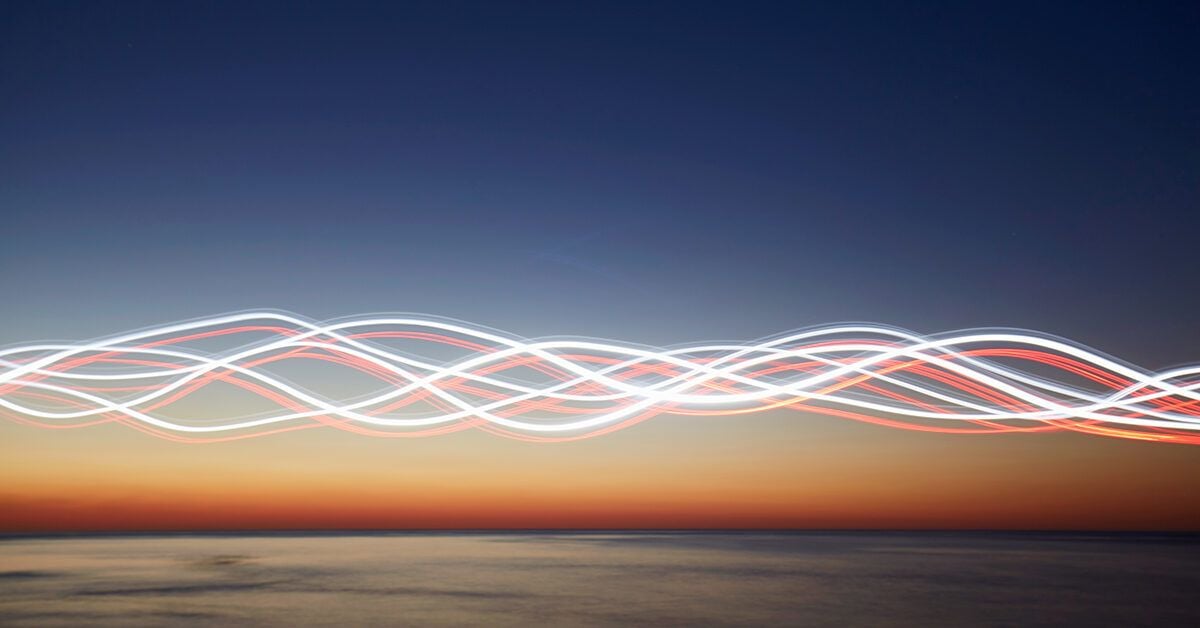SAINT
Saw this posted over on reddit, new variation of TMS with "significant reduction of depression symptoms" in 79% of participants. Uses fMRI targeting, figure 8 coil TMS, 10 treatments per day x 5 days.

 psychcentral.com
psychcentral.com
I'm hoping the smart psychiatrists here can tell me is this is new and better, or vaporware
Saw this posted over on reddit, new variation of TMS with "significant reduction of depression symptoms" in 79% of participants. Uses fMRI targeting, figure 8 coil TMS, 10 treatments per day x 5 days.

SAINT Depression Treatment: About Stanford Accelerated Intelligent Neuromodulation Therapy
This noninvasive type of nerve therapy is helpful for treatment-resistant depression.
I'm hoping the smart psychiatrists here can tell me is this is new and better, or vaporware
